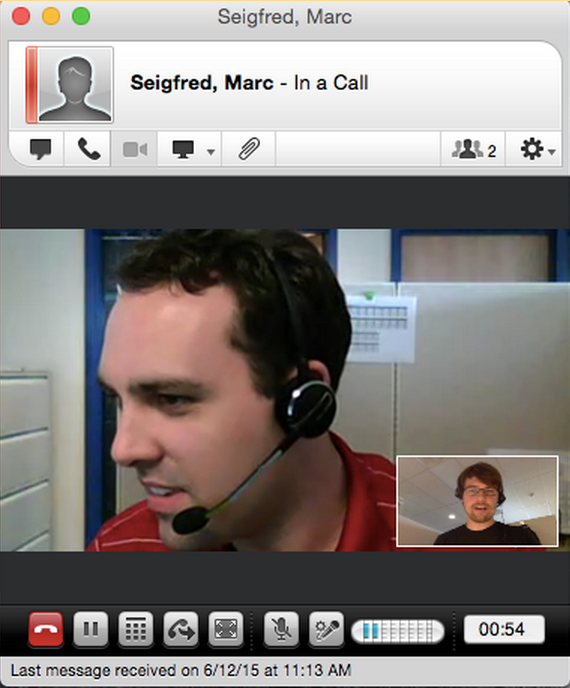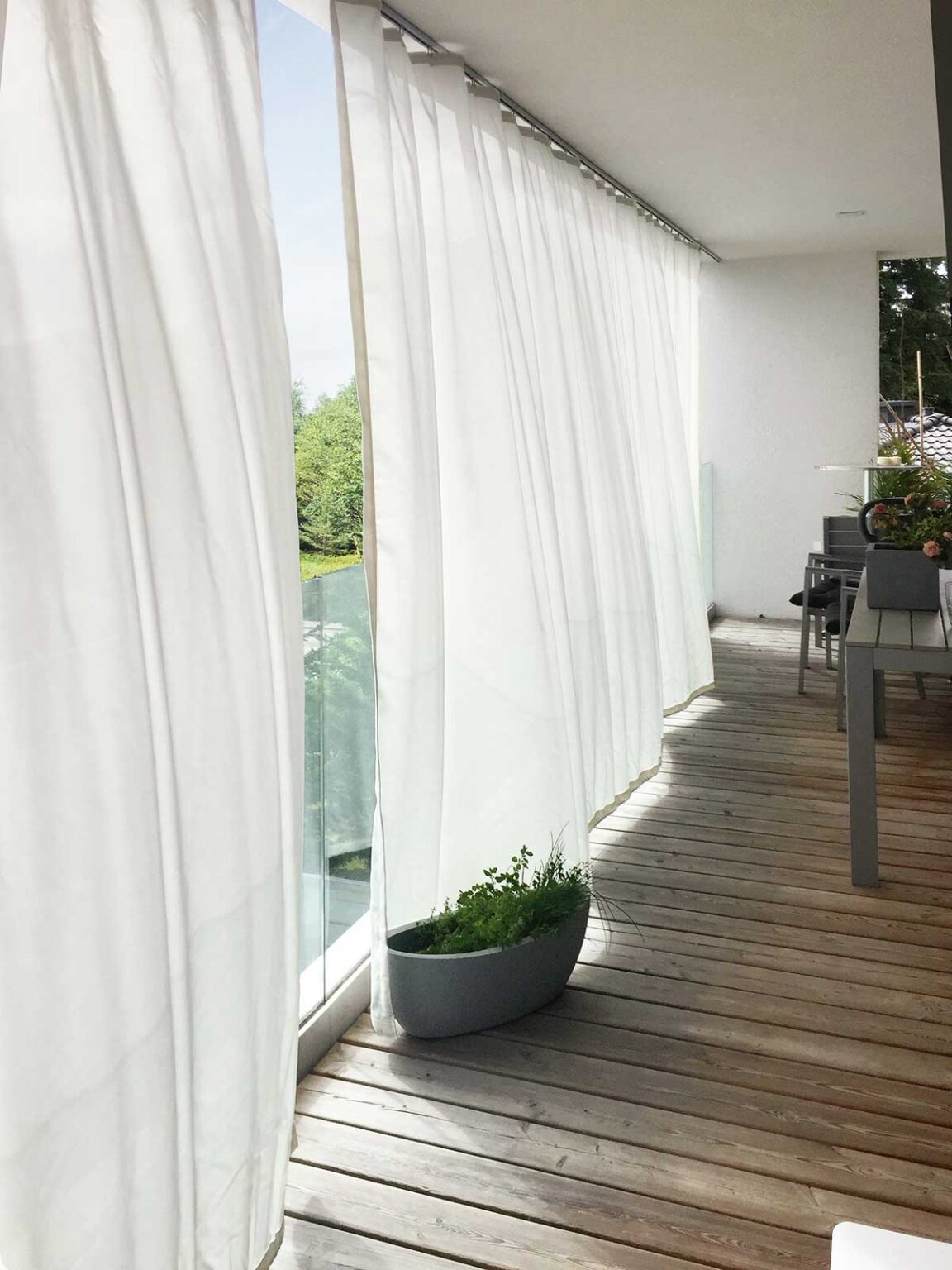

While in a video-conferencing session, you can share your screen, a document, a slide deck, or collaboratively edit documents with Etherpad.

Once you give Jitsi permission to use your webcam and microphone (sessions are DTLS/ SRTP-encrypted), it generates a web link and a dial-in number others can use to join your session, and you can even add a conference password for an added layer of security. To set up a video-conferencing session, you just point your browser to Jitsi Meet, enter a user name (or select the random one that's offered), and click Go. Jitsi's web conferencing solution stands out for its extreme ease of use: It runs directly in the browser with no download necessary, and no registration required. But much of that software is proprietary.įortunately, there are a some excellent open source video-conferencing solutions that can replicate the features of Skype, Zoom, Google Hangouts, and similar applications. Nowadays, your smartphone's video camera puts web conferencing in the palm of your hand anywhere you have a robust cellular or WiFi connection and the right software. The cost and complexity of video conferencing decreased rapidly, as nearly anyone with a webcam, a speedy internet connection, and inexpensive software could communicate with colleagues, friends, family members, even complete strangers, right from their home or office PC.

That all started changing by the mid-2000s, as webcams became mainstream computer equipment and Skype and related services hit the market. Conference calls were arranged through third-party vendors, and video conferences required dedicated rooms with expensive equipment at every endpoint. If you've been a working adult for more than a decade, you probably remember the high cost and complexity of doing audio- and video conferences. This is only possible because we're all able to stay connected through some amazing technology. It's an era of work-from-home remotees, digital nomads, and global officespaces.


 0 kommentar(er)
0 kommentar(er)
